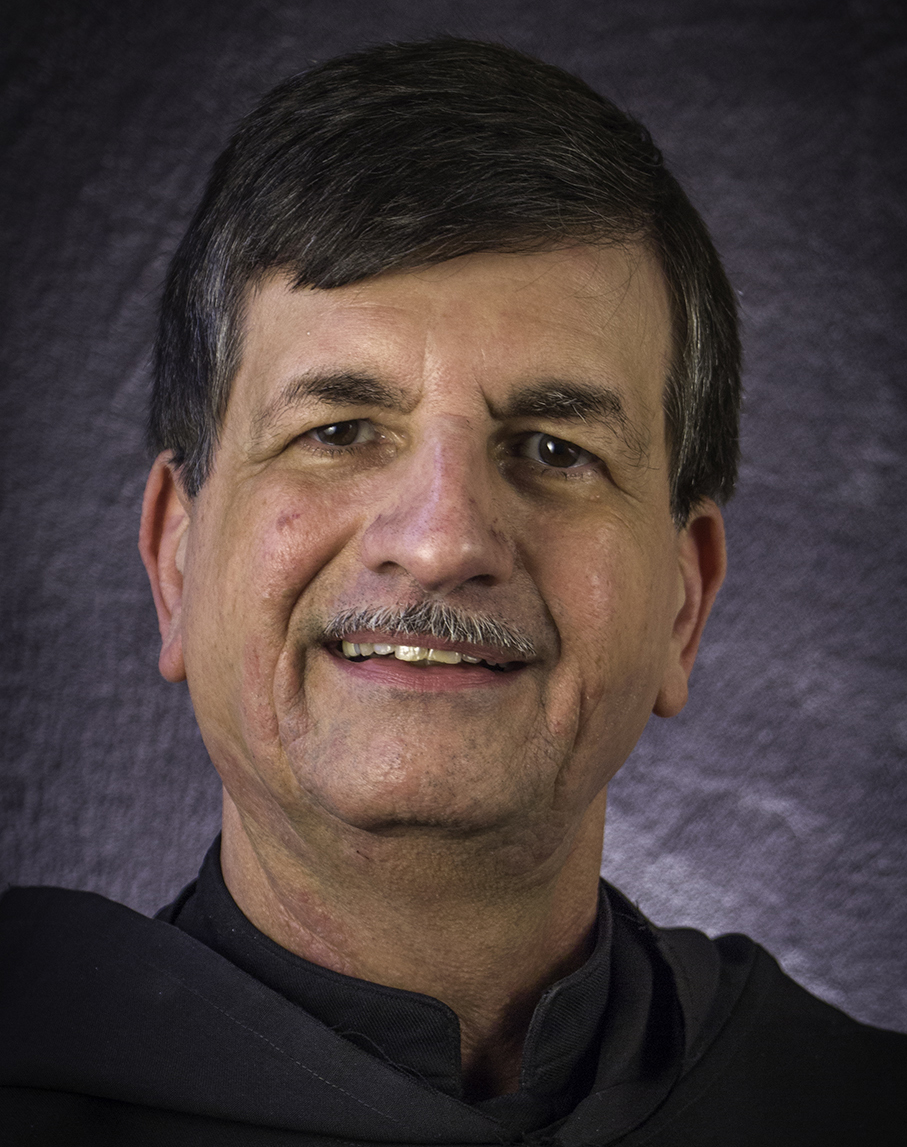Assumption Catholic Church
323 West Illinois Street - Chicago IL 60654
| HOME |
Pastor's Messages Fr. Joseph Chamblain, O.S.M. Pastor
|
 |
| 10/29/2023 | Fr. Joseph Chamblain, OSM |
| TURN LOOSE THE SPOOKS | |
Halloween is just around the corner. Most of us can remember as children donning our costume or mask and Trick-Or-Treating around the neighborhood. I usually joined my two older cousins and their neighbor kids in hitting up houses for candy on their street. In a more fashionable part of town, their street would have been called a cul-de-sac; but the street sign for Lundee Place in Memphis simply said “Dead End.” The bottom line is that it was a pretty safe street for a bunch of kids to wander around without any adults present. We did not get into any serious mischief, though we might encounter a few trees that had already been decorated with toilet paper. I never gave much thought to what “Trick-Or-Treat” meant. I certainly would have been hard pressed if the person answering the door had asked me to perform a trick. Now that adults have appropriated Halloween for themselves, there has been a lot of psychobabble about how wearing costumes at Halloween is symbolic of our need for “self-expression” and an activity that enables us “to let the world see our secret inner self”. I am fairly certain that none of us thought about that stuff when deciding what to war for Halloween. Nor did we think very much about why Halloween was on October 31, and why people carved pumpkins with scary faces, and why there was a haunted house at the Community Center. In fact, the Halloween customs with which we are familiar go back a long, long time. Among the Celtic people who settled in what is now Ireland and Scotland, New Year’s Day was on November 1. New Year’s Eve was a time of terror. In Celtic mythology on this one night the line between the living and the dead is very thin, and the spirits of the dead are free to leave their burial grounds and roam the earth, haunting their old villages. Since the dead possess powers unavailable to the living, a living person is at a competitive disadvantage should he or she encounter one of these ghosts on October 31. Living people might try to trick the ghosts by waring a disguise, scare the ghost by carrying a frightful looking lantern, or bribe the ghost with a treat. Trick-Or-Treating back them was no child’s play! Young men wanting to demonstrate their bravery would spend the night of October 31 at the burial grounds themselves, which would have been the original haunted houses. Christian missionaries tried to transform these pagan customs with something more in keeping with Christan beliefs about the afterlife. In the ninth century Pope Gregory III moved the feast of All Holy Martyrs, which had been celebrated in May, to November 1. It was renamed The Feast of All Saints. This gave preachers an opportunity to present a Catholic way of relating to the dead. The dead are not to be feared. Those who have reached heaven are in a place of joy and celebration. Their desire is to help us on our journey to heaven. October 31 was even given a Christian name, “All Hallows Eve.” Although the old Celtic traditions survive, they come to us with a sense of fun and not as a description of reality. When Christian missionaries arrived in Mexico, they found that the native Aztec people had a much different attitude toward death than the Celts. Death was a time of liberation and fulfillment. Ancestors were honored for having found fulfillment. Picnics were held in burial places, and special foods were shared. The celebration lasted for a full month. The Church eventually focused this celebration on a single day, November 2, All Souls Day. As most of us know, these old Day of the Dead customs survive to the present day. Check most any bakery and you will find Day of the Dead delicacies this week. Because these Celtic and Aztec customs were of pagan origins, some Christian churches and schools have banned Halloween activities. At times the Catholic Church has thrown stones at anything in our culture that was not completely orthodox. A healthier approach, though, is to try to do what leaders in the past tried to do: to reinterpret these customs in way that is compatible with Christian belief. Sixty years ago, Pope John XXIII called for a world Council of Bishops to reexamine everything about our church, from our liturgy and traditions to the way that we relate to those who are not believers and who are not Catholic. It led to a greater sense of openness and a willingness to cooperate with those who do not share our beliefs. This past month Pope Francis has summoned bishops and laity to talk about some of these same issues. Most important, those participating in this Synod are being asked to listen to the Holy Spirit. The Holy Spirit is always seeking unity, always seeking ways to bind us together in love.
Fr. Joe
|
|